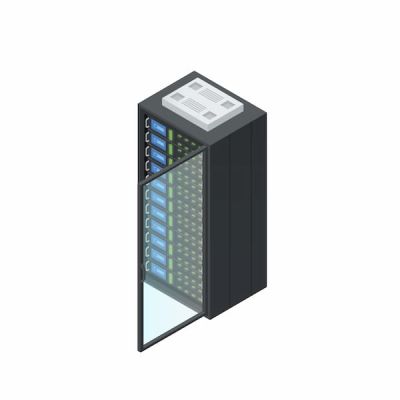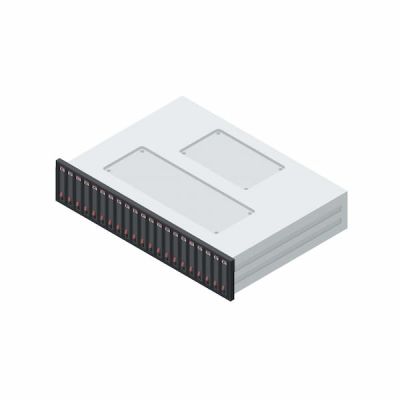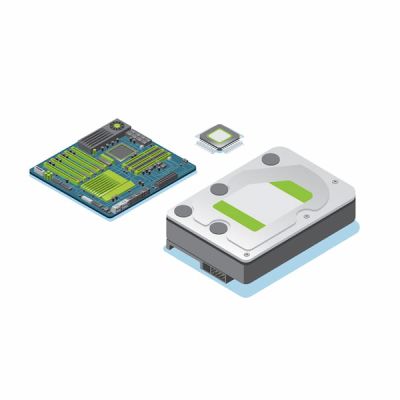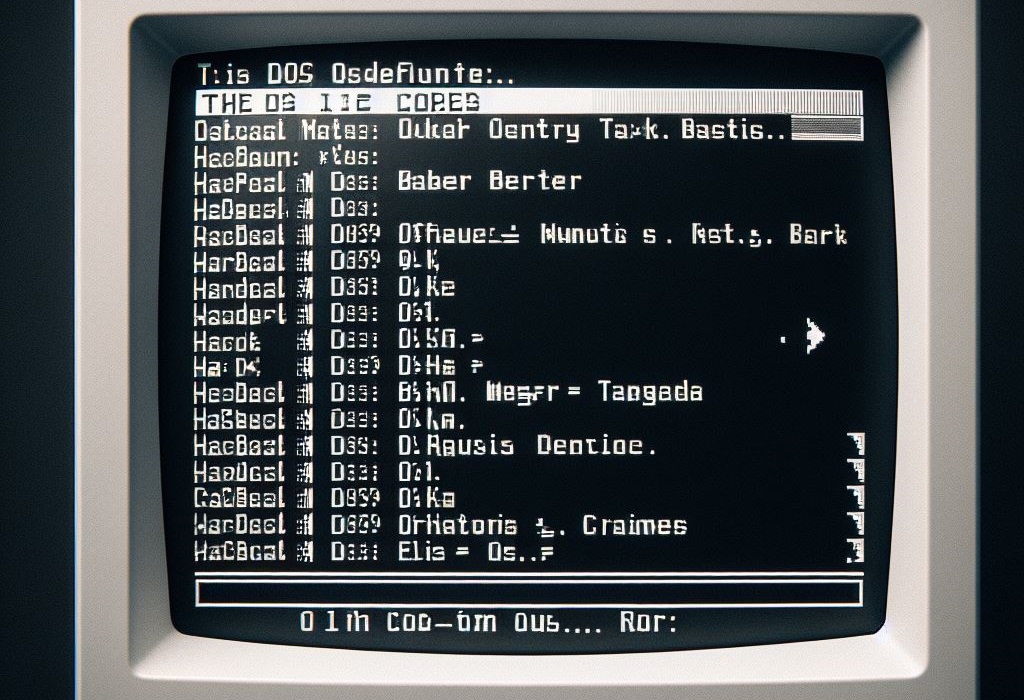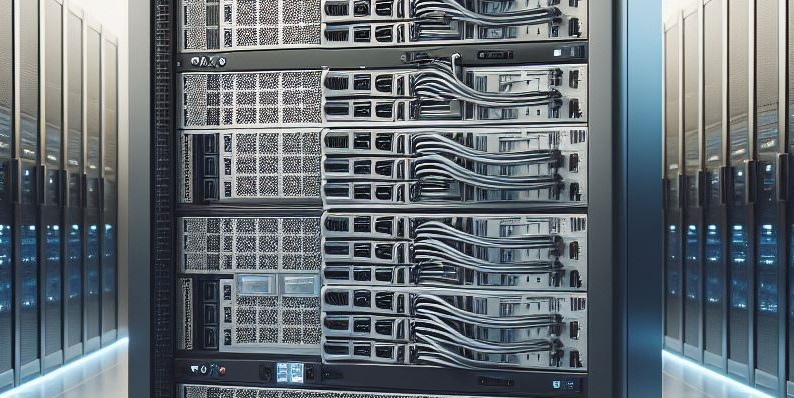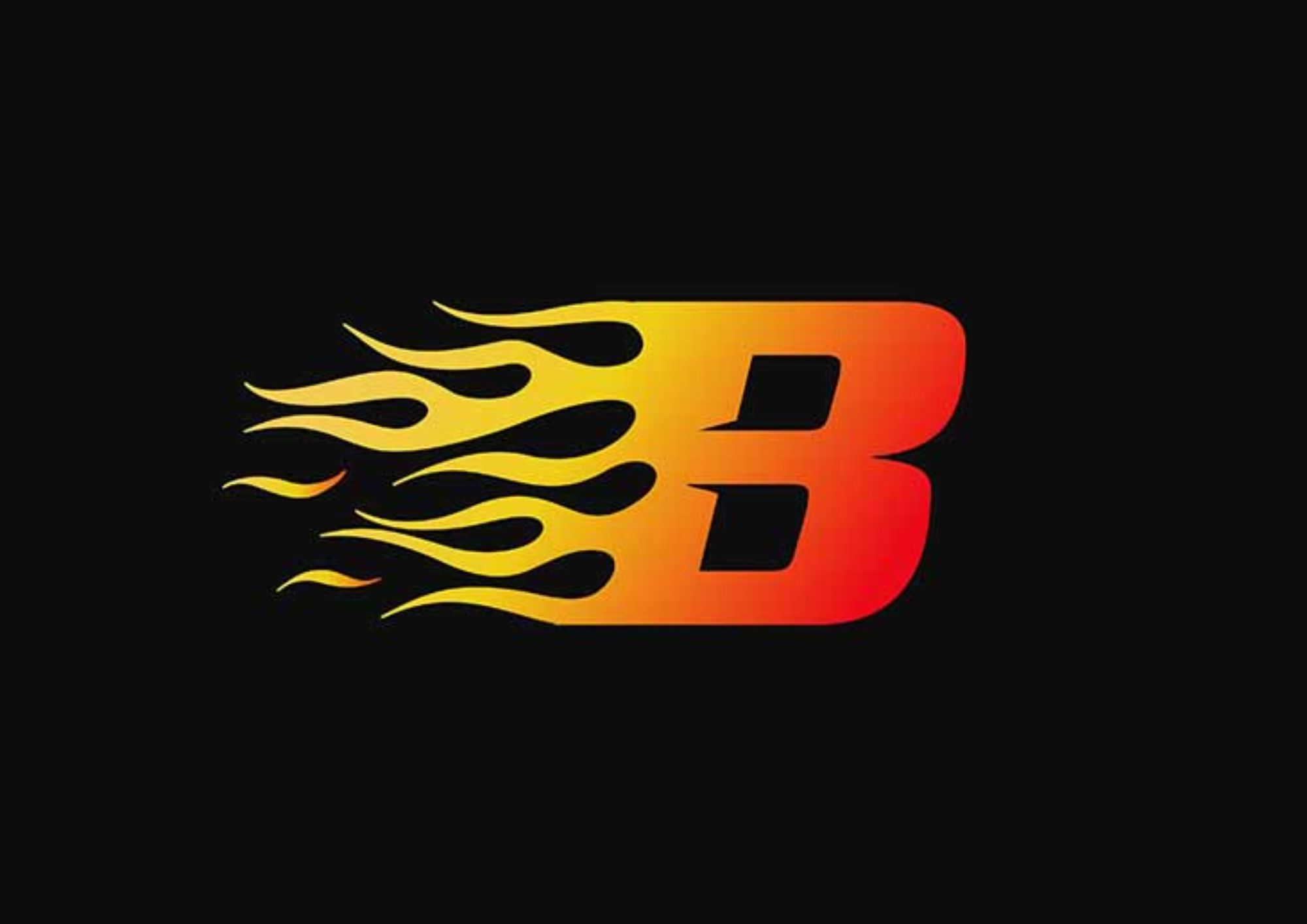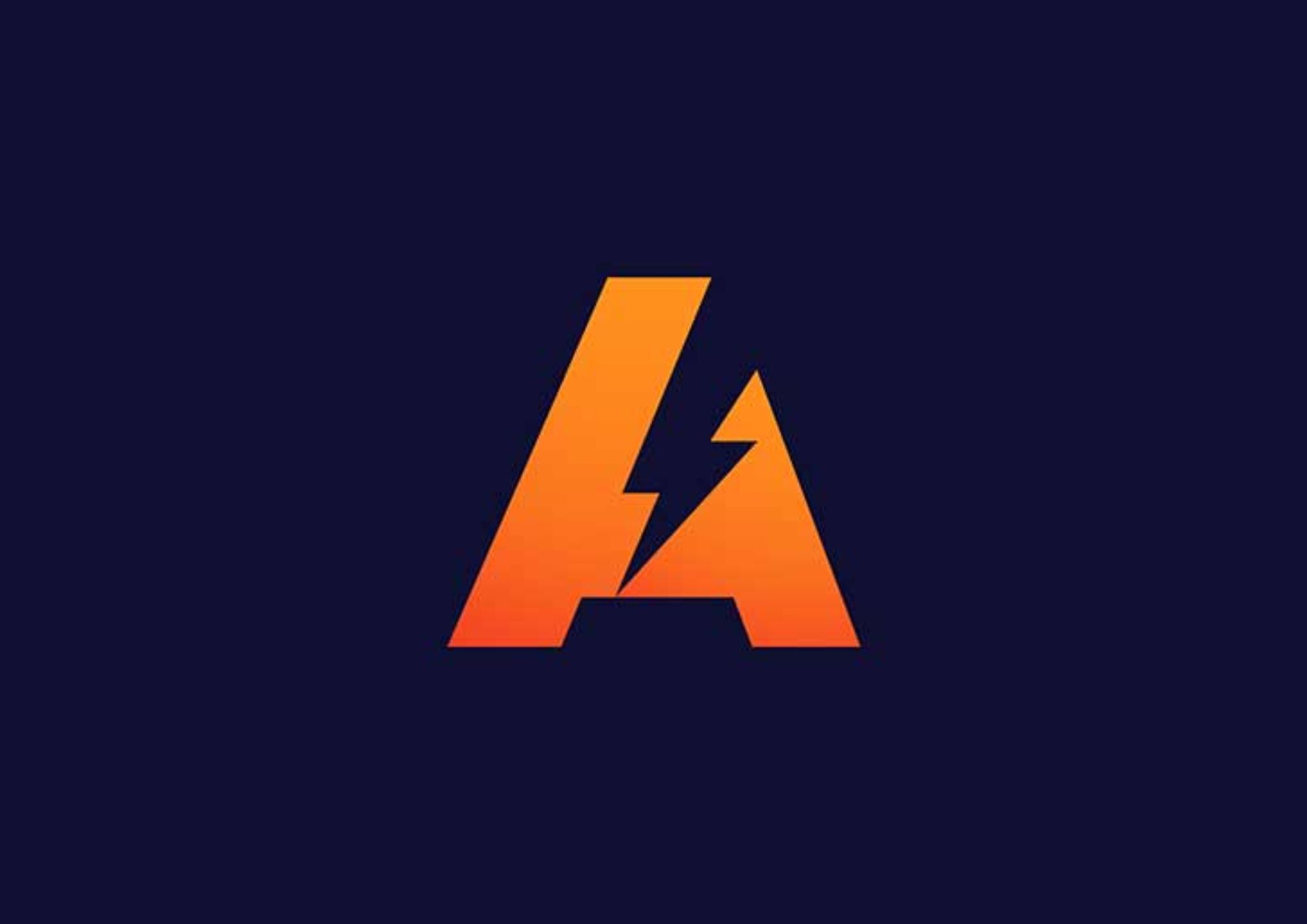IT lexicon: Technical terms - letter D
A new article from our ‘IT lexicon’ section: We explain ten terms from the IT and technology sector for you again, this time starting with the letter ‘D’.
#1 DDoS
DDoS - or Distributed Denial of Service - describes a cyber attack in which a system is specifically ‘bombarded’ with an extreme number of requests. This malicious traffic overwhelms or overloads the system and can cause it to crash. Unlike a ‘DoS’ attack, in which a single system attacks another system, a DDoS attack involves a system being attacked by several other systems. You can find more information about cyber attacks and social engineering in one of our previous blog posts.
#2 Domain controller
A domain controller - or domain controller - is a server whose service consists of authenticating computers and users in a computer network. The DC is therefore responsible for granting or denying access to the respective user based on specific login information. Although the domain controller requires less hard disc capacity than a file server, for example, it is still important that a professional device is used here. This is the only way to ensure security, stability and availability in the company network. Rack servers such as the DL360 Gen10, DL380 Gen10 or comparable models from DELL such as the PowerEdge R730, R740, R630 or R640 are suitable for this purpose. You can find a large selection of rack servers in our shop.
#3 Digitalisation
Companies that rely on digitalisation use digital storage instead of physical data carriers, for example.One example would be scanning documents that were previously stored in filing cabinets and filing them in online folders.Digitisation has many advantages, such as faster retrieval and forwarding of various documents, more effective collaboration, more flexibility and automated, simplified business processes.However, it is important that data is not only stored online, but that it is also backed up (multiple times) - i.e. that backup solutions are in place.
#4 Data breach
The term ‘data breach’ covers all processes in which (analogue and digital) data is unintentionally deleted or falls into the wrong hands.This could also be referred to as a data loss, data leak or data protection incident, as the term can be interpreted very broadly.You can find more information on this in our blog post: ‘The issue with data’.
#5 DIMM
A DIMM or ‘Dual Inline Memory Module’ is a memory bar that represents the main memory of a computer. Unlike the SIMM (‘Single Inline Memory Module’), the data bus is based on 64 bits and not 32 bits.There are different ‘types’ of DIMMs - such as the SODIMM, which is more commonly used in notebooks.In PCs, on the other hand, DIMM or UDIMM (Unbuffered Dual Inline Memory Module, non-buffered RAM module) modules are more commonly used. ECC memory modules are usually used for servers. In our shop, we offer both DDR3 and DDR4 memory modules for servers.You can find help for a RAM upgrade in the server in our blog post on this topic.
#6 Data centre
The term data centre or data centre refers to both the building in which a company's IT infrastructure is located and the computers in the IT landscape itself.The company or organisation that offers computer services (e.g. cloud) is also referred to as a data centre.Well-known data centres (DCs) include the Leibniz Supercomputing Centre, the Jülich Supercomputing Centre (JSC) and Microsoft's data centres in Chicago and Dublin.
#7 DOS
Not to be confused with ‘DoS’, which describes a cyber attack; DOS, or often MS-DOS (Microsoft version), is a Disk Operating System (OS) that runs from a disc drive.The DOS operating system was developed for x86-based PCs and released in 1981.The command input via text, on which DOS was based, was gradually replaced by Microsoft with a graphical user interface, as we know it today from ‘Windows’.
#8 Drive Cage
A drive cage, also known as an HDD cage or hard disk cage, is an extension for (rack) server systems. This additional component, which usually consists of the cage including backplane and cable, allows you to install additional drives such as HDDs or SSDs in the server - if still possible - and thus increase the internal storage capacity. You can find these extensions in our store in the category “Components - Hard disks - Cages“. Under “Hard disks“ you will also find a large selection of SAS or SATA HDDs and SAS or SATA SSDs.
#9 DSL
The term DSL is the abbreviation for ‘Digital Subscriber Line’ and can be translated as ‘Digital Subscriber Line’.The term refers to a technology for a private, stationary Internet connection, which is made possible via a telephone line.DSL access is usually realised via copper cable, while cable access uses the coaxial cable of the television connection. Far more modern than DSL, however, is the fibre optic connection, which is made possible by using fibre optic cables instead of copper cables. Not only can faster data transmission be realised here, but also better stability.
#10 Data mining
Data mining is a computer-aided method that is systematically used - with the help of AI - to recognise patterns or trends in large data sets.Data mining can be used to automatically extract correlations and findings in order to create analyses, segmentations or forecasts.Algorithms and machine learning methods are used for this purpose.Large companies, for example, benefit from data mining to analyse the purchasing behaviour of customers; however, in addition to marketing and online retail, it is also used in the insurance and banking sectors, as well as in medicine and research.You can find out more about artificial intelligence in one of our previous blog posts.
Further explanations of important IT terminology - both for laymen and advanced users, on current topics and from the retro hardware sector - can be found here:

